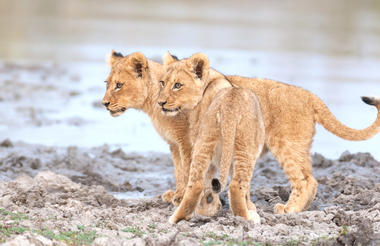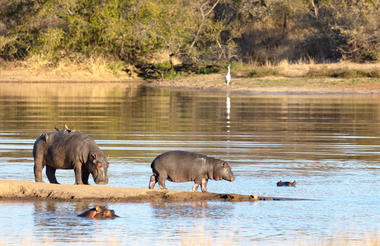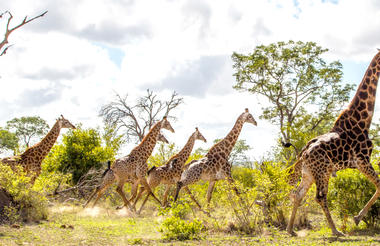Situated amidst the towering Waterberg Mountains in the Limpopo Province, the Waterberg Biosphere, as the name suggests, serves as a water reservoir for the region. Renowned for its rugged beauty, the landscape is characterised by low-lying mountain ranges and escarpments, as well as a network of streams, rivers and lakes. It is the home of South Africa’s first-ever savannah biosphere reserve and is also home to many other nature reserves which provide a protected habitat for an array of wildlife.






The Kruger National Park has attained international renown, but the terms ‘Kruger National Park’ (KNP) and ‘Greater Kruger’ are often used interchangeably, despite their differences. The distinction between the two is important, to understand both the tourist experience and how this conservation model has impacted the wildlife of the area.
The ‘Greater Kruger’ refers to 344,000 hectares (860,000 acres) of protected land to the west of Kruger National Park that provides a more substantial area for wildlife to roam freely. Private and local community property owners own this additional land, and most is utilised for commercial purposes.
There are no longer fences between these properties and KNP, providing the animals with an opportunity to roam, thereby reducing pressure on vegetation and bringing back historical local seasonal wildlife movements. Historically most seasonal migration was in an east-west direction, from the coastal areas of Mozambique to the slopes of the Drakensberg mountains, to take advantage of seasonal food and water. Fences and human pressure now prohibit that movement, and the north-south shape of KNP is not optimal for seasonal migrations.
The Greater Kruger is utilised primarily for photographic tourism and is home to some of South Africa’s best-known luxury Big 5 lodges. Relatively high prices and strict access control results in low visitor numbers compared to the neighbouring KNP, and off-road driving (by experienced guides), night drives and bush walks guarantee fantastic wildlife encounters.
Wildlife industry
South Africa’s conservation strategy incorporates other wildlife industries such as hunting; a strategy that has resulted in large areas outside of national parks falling under some form of protection against livestock and crop farming and other forms of development not tolerant of wildlife. A small portion of the hundreds of landowners making up the Greater Kruger permit trophy hunting on their (non-tourism) properties, to fund their significant and increasing anti-poaching and other conservation costs. The limited trophy hunting quotas are subject to approval by the KNP, and hunting protocol strictly enforced by the management of the constituent reserves. That said, immoral or illegal behaviour by members of the trophy hunting industry does occur. Trophy hunting in most constituent reserves within Greater Kruger is gradually being squeezed out by the resurgent photographic tourism industry, and no trophy hunting is permitted in the KNP itself.
Despite ongoing challenges, the Greater Kruger is one of conservation’s greatest success stories and is the model underpinning KNP’s 10-year management plan. It is also the perfect safari destination for those looking for exclusive encounters with Africa’s Big 5.







